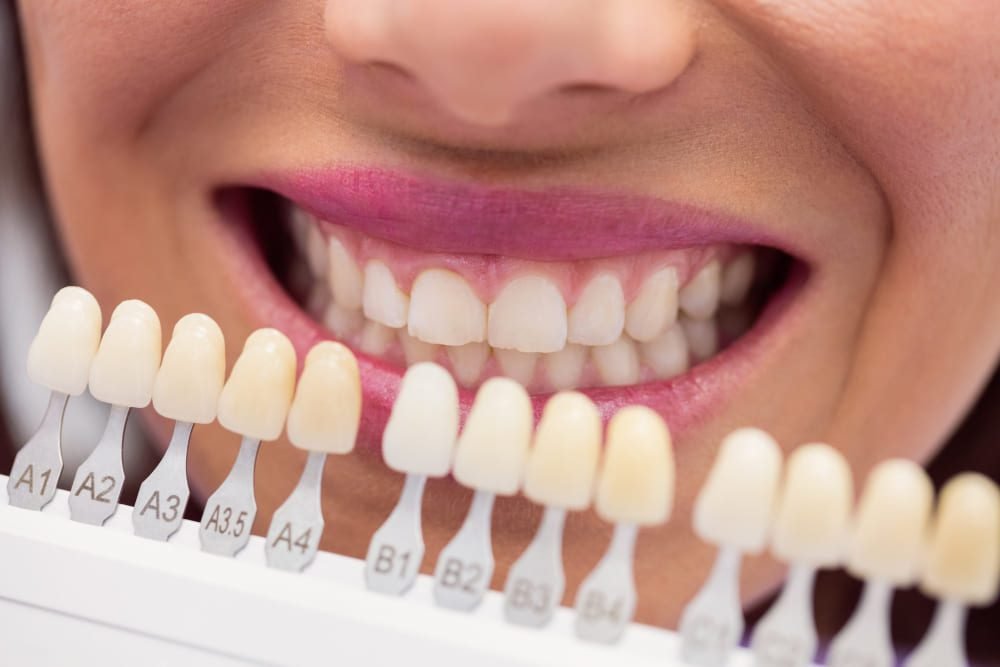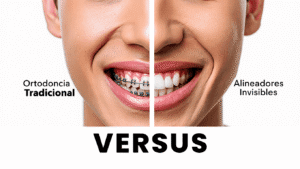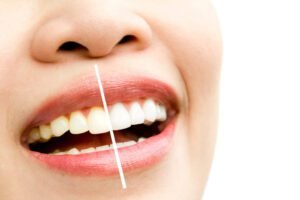What weakens enamel (and how to stop it today)
Enamel doesn’t “rebuild” like fresh plaster, but you can protect it and support remineralization through daily choices. In our practice, we see two main villains: acids (and their timing) and mechanical habits (clenching, aggressive brushing).
Acids and sugar: timing matters
More than “banning foods,” the key is to avoid constant acid exposure. The critical factor isn’t just what you drink, but how often: if you’re “sipping” soda, energy drinks, or juice for hours, your pH keeps dropping and enamel takes the hit. In the clinic, we usually ask patients to have acidic drinks with meals (not between meals), use a straw, and wait a while before brushing so they don’t scrub softened enamel. With this simple adjustment, sensitivity drops noticeably (we see it all the time in follow-up check-ups in Zapopan).
Bruxism and micro-cracks (the silent erosion)
If you clench or grind at night, enamel wears down with micro-cracks. Typical signs: edge wear, morning jaw pain, headaches upon waking. At AM Dental Studio, we see this pattern often and usually recommend night guards and relaxation habits. If this sounds familiar, check out our bruxism guide and schedule an evaluation if needed. Bruxism: practical guide and protection options. amdentalstudiogdl.mx
Enamel-protecting diet

There are no “magic superfoods” here, but there are patterns that help: quality saliva, available minerals, and fewer acid spikes.
What really helps (practical ideas)
- Natural dairy (cheese, unsweetened yogurt): provides calcium and phosphorus and helps raise pH after meals.
- Leafy greens (spinach, kale), broccoli, and seeds: micronutrients for mineral metabolism.
- Fatty fish (salmon, sardines): vitamin D and fats that support calcium absorption.
- Unsweetened green tea: polyphenols that benefit the biofilm (limit if you’re caffeine-sensitive).
- Nuts (almonds, walnuts): healthy fats and minerals with low acid impact.
- Plain water as your main drink of the day. In the clinic, we love the “water + xylitol gum” trick after meals if you can’t brush; it boosts saliva flow and helps neutralize acids.
Experience note: when our patients switch from “sodas + juice all day” to water as their base and save acidic drinks for mealtimes, we see less sensitivity and fewer demineralized “spots” at six-month check-ups.
What to limit (and how to do it without suffering)
- Energy drinks, sodas, and juices between meals. If you’re going to have them, do it with food and avoid “sipping.”
- Citrus fruits (orange, lemon) as a snack: better with a meal, and rinse with water afterward.
- Sticky/sugary snacks that cling to teeth (gummies, chewy candies).
- Very acidic sauces (common in fast food): balance them out with water and “buffer” foods (cheese, leafy greens).
Daily and weekly protocol (step by step)
This is what really works for our patients in Guadalajara when they want less sensitivity and stronger enamel. We adjust details based on habits and diagnosis.
Morning
- Gentle brushing with fluoride toothpaste (no “scrubbing,” use short strokes).
- Don’t over-rinse: leave a thin film of toothpaste; a light spit is enough.
- Breakfast with protein + healthy fat (natural yogurt + nuts, eggs + leafy greens).
Afternoon (at work)
- Water as your go-to drink.
- If you eat out, bring “friendly” snacks: cheese, nuts, crunchy veggies.
- Xylitol gum 10–15 min after meals if you can’t brush.
Night
- Dental floss or interdental brushes + gentle brushing.
- If you clench, use night protection (mouth guard) and an anti-stress routine. Bruxism guide and options. amdentalstudiogdl.mx
- Crowded teeth that trap plaque/acids? Consider alignment: it makes hygiene easier and reduces acid exposure in plaque-retentive areas. Invisalign in Guadalajara. amdentalstudiogdl.mx
Weekly
- 1–2 fluoride rinses (if your dentist recommends) and check for plaque spots (use disclosing tablets if they help).
- Plan meals to avoid “acid snacking” every day.
When to seek professional help?
If you notice persistent tooth sensitivity, sharp pain with cold/heat, or visible wear, it’s time for a check-up. Here’s a clear explanation and management options: Tooth sensitivity: most common causes. amdentalstudiogdl.mx
And if you’re looking for a full plan (cleaning, fluoride varnish, resins, etc.), book through our services. amdentalstudiogdl.mx
Supplements: when they help and when they’re too much
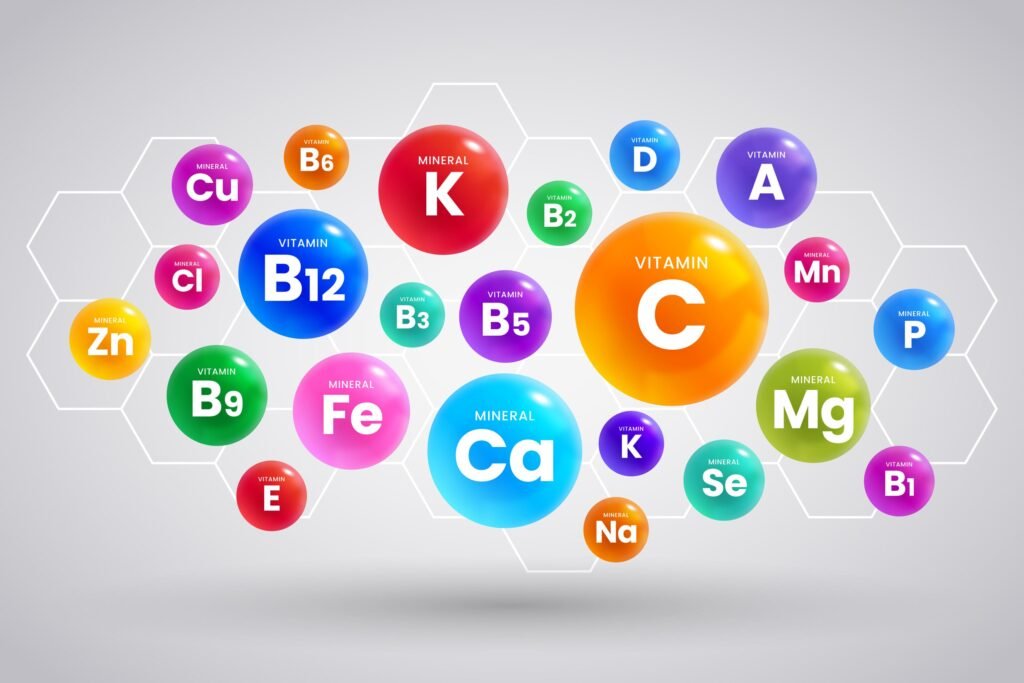
First, real food + habits. That said, there are cases where supplementing makes sense (individual evaluation):
- Vitamin D3 (if deficient): key for calcium absorption.
- Vitamin K2: supports calcium metabolism (check dosage and compatibilities).
- Calcium: helpful if your diet falls short or during higher-demand stages; avoid excess.
- Magnesium: involved in many pathways (including vitamin D metabolism).
- Phosphorus: usually covered by diet; don’t overdo processed foods rich in phosphates.
At AM Dental Studio GDL, we’ve seen better results when supplements complement an already solid diet/hygiene plan. And heads up—if there’s active decay, untreated bruxism, or acidic habits, no supplement will fix that. Build the foundation first; then add the extras.
Practical point: if you have crowding that keeps you from cleaning properly, alignment can be part of your “habit supplement”: less plaque, less trapped acid. Check aligner options here: Invisalign. amdentalstudiogdl.mx
Common mistakes we see in the clinic
- Flavored waters all day. Even “light” ones are acidic: the problem is frequency. Switch to water as your base and save flavored drinks for mealtimes.
- Hard brushing and abrasive toothpastes. More force doesn’t clean better; it wears down. Adjust your technique and use a soft brush.
- Abrasive home remedies (baking soda, charcoal). They’re like sandpaper: polish today, sensitize tomorrow. We break it down clearly here: “Trendy treatments” vs. your enamel. amdentalstudiogdl.mx
- Ignoring sensitivity. It’s often an early warning sign. Check out our tooth sensitivity guide and book a visit if it doesn’t improve. amdentalstudiogdl.mx
- Plaque buildup in crowded areas. If crowding makes hygiene impossible, cleaning always “falls behind.” Consider alignment to prevent it. Benefits of an aligned smile. amdentalstudiogdl.mx
Quick questions
Can enamel be “rebuilt” at home?
Not like a wall; but you can protect it and support remineralization with fluoride, quality saliva, a balanced diet, and fewer acid attacks. If there’s already decay or advanced wear, treatment is needed (resins, varnishes, sealants). Check out our services. amdentalstudiogdl.mx
Hydroxyapatite vs. fluoride? Can they work together?
There are toothpastes with hydroxyapatite that aim to seal micro-defects and toothpastes with fluoride that promote remineralization. In clinical practice, we choose based on the case and sometimes alternate. What really matters is gentle technique and consistency.
How often should I get a professional cleaning?
It depends on your risk: 6 to 12 months is the typical range. If you have bruxism, orthodontics, or high plaque, it may need to be more frequent. Schedule an evaluation and we’ll adjust it. Services. amdentalstudiogdl.mx
Closing note (from our Zapopan clinic)
If I had to give you an easy “traffic light”: green = water, natural dairy, leafy greens, nuts, gentle technique; yellow = tea/coffee/juices with meals; red = acidic sipping all day + untreated bruxism + aggressive brushing. When our patients follow this scheme, sensitivity drops and enamel “breathes” better within weeks. If you’d like a personalized plan, we’re here in Zapopan/Guadalajara. Book your evaluation. amdentalstudiogdl.mx
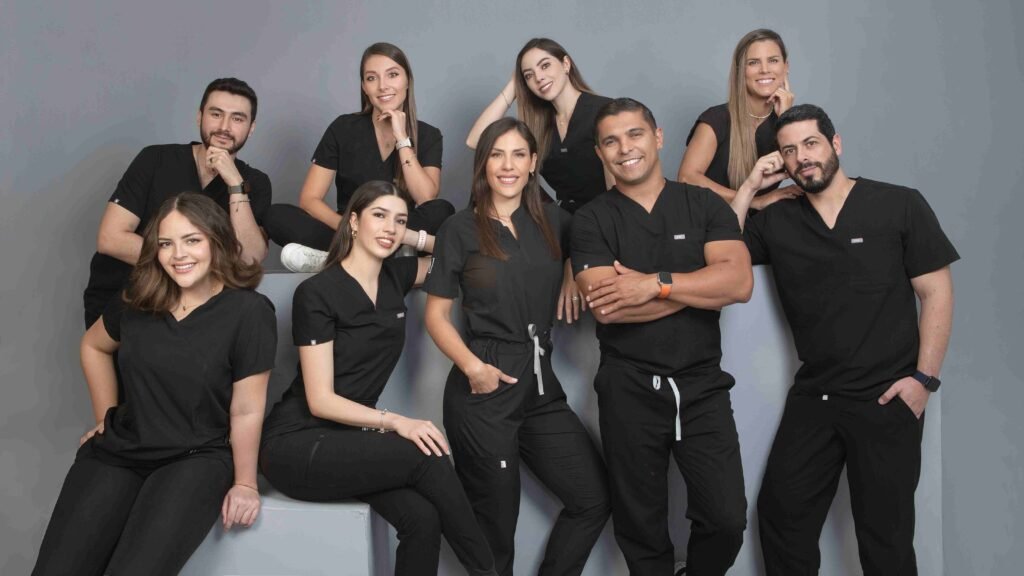
Best Choice

